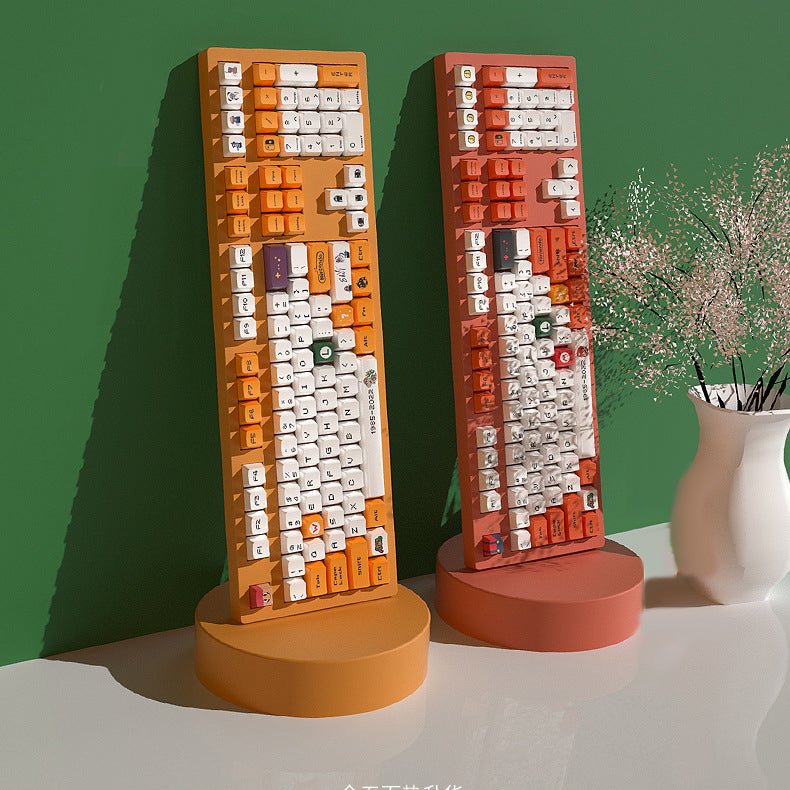When it comes to choosing a keyboard, many people focus on factors like key switches, aesthetics, and additional features like RGB lighting or media controls. However, one of the most fundamental aspects to consider is the keyboard layout. The two most common standards are the ANSI (American National Standards Institute) and ISO (International Organization for Standardization) layouts. Understanding the differences between these two can help you make an informed decision that enhances your typing experience.
ANSI Layout
The ANSI keyboard layout is predominantly used in the United States and Canada. It's also popular in other parts of the world, particularly among enthusiasts who appreciate its design. Here are some key characteristics:
- Enter Key: The ANSI layout features a wide, rectangular Enter key. This is one of the most noticeable differences compared to the ISO layout.
- Left Shift Key: The left Shift key is longer in the ANSI layout, extending over the position of the backslash key found in ISO layouts.
- Backslash Key: In the ANSI layout, the backslash key is located above the Enter key.
- Total Keys: The ANSI layout typically has 104 keys on a full-sized keyboard.
ISO Layout
The ISO layout is commonly used in Europe and other regions outside North America. It has several distinct differences from the ANSI layout:
- Enter Key: The Enter key in the ISO layout is an upside-down L shape, which some users find easier to reach.
- Left Shift Key: The left Shift key is shorter in the ISO layout to accommodate an additional key (usually for language-specific characters) next to it.
- Backslash Key: The backslash key is located to the left of the Enter key in the ISO layout.
- Total Keys: The ISO layout typically has 105 keys on a full-sized keyboard.
Key Differences and Considerations
- Typing Preference: The shape and position of the Enter and Shift keys can significantly impact typing comfort and speed. Some users prefer the wider Enter key of the ANSI layout, while others like the taller Enter key of the ISO layout.
- Language and Regional Variations: If you frequently type in languages that require special characters, the ISO layout might be more convenient due to its additional key.
- Keycap Availability: For mechanical keyboard enthusiasts who enjoy customizing their keycaps, the ANSI layout generally offers a wider range of options due to its popularity.
- Software Compatibility: While most modern operating systems can accommodate both layouts, some specialized software or older systems might have better support for one layout over the other.
Conclusion
Choosing between an ANSI and ISO keyboard layout largely depends on personal preference and specific use cases. If you're used to one layout, switching to the other might require an adjustment period. Consider your typing habits, the languages you use, and the availability of keycap sets when making your decision. Ultimately, both layouts have their own advantages and can provide a comfortable and efficient typing experience.






